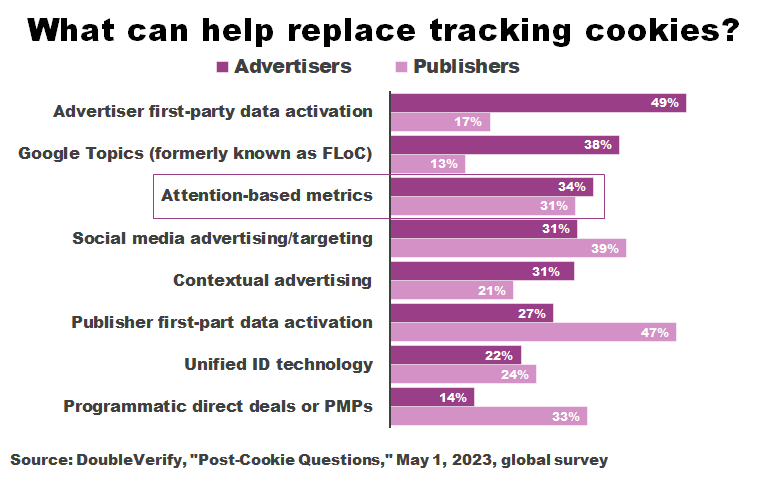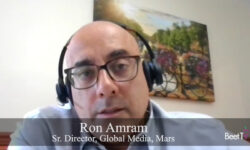Consumers today divide their time spent with media among a wider range of channels and devices including mobile phones and internet-connected TVs. This fragmentation has challenged marketers to find more ways to measure the effectiveness of advertising, including people’s attention to brand messaging.
“Measuring attention is extremely important because we do see it as a leading indicator to business, whether that be sales or purchase intent, all the way to bigger brand metrics such as consideration,” Britt Cushing, head of communications planning at Omnicom’s OMD USA, said in this interview with Beet.TV contributor Rob Williams.
Attention metrics are especially important for measuring the effects of advertising at the top of the purchase funnel. As consumers get closer to a point of purchase, other metrics become key indicators of campaign effectiveness.
“When you start to think about those lower-funnel metrics, we really see it as intention over attention,” Cushing said. “We really see attention as a way to up-level and really make a difference when it is in that awareness, consideration, upper and mid-funnel standpoint for our clients.”
Measuring attention is taking a step beyond the gathering of data about impressions and viewability, and does have its own set of complications that advertisers, agencies and media-measurement providers are working to overcome. The eventual disappearance of online tracking cookies because of privacy concerns is another driver of innovation in metrics such as attention.

“There isn’t necessarily a silver bullet — there’s not a ‘one-size answer’ for attention,” Cushing said. “There are a lot of challenges, but as we get more granular and as we understand more in this space, we are able to get more granular in how we plan and how we operationalize that for planning for our teams.”
You’re watching “Convergent TV at a Moment of Change,” a Beet.TV Leadership Series presented by Nexxen. For more videos from this series, please visit this page.
































